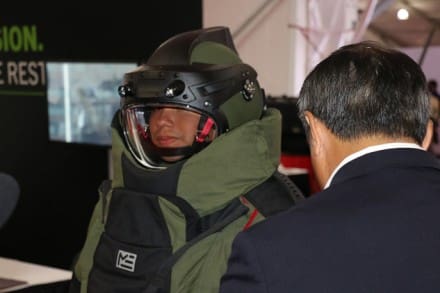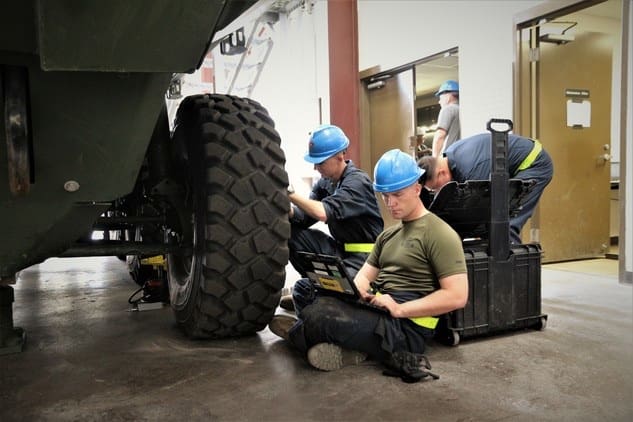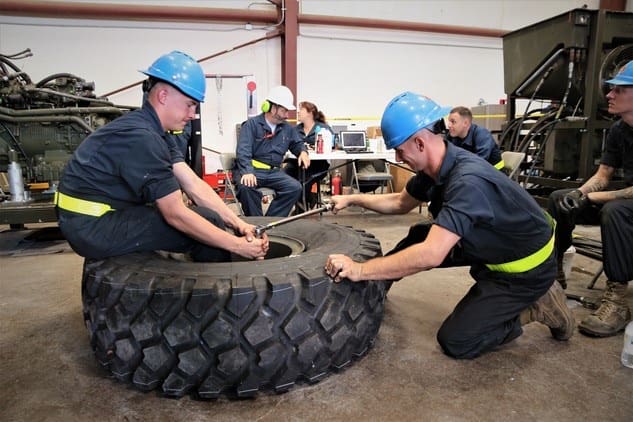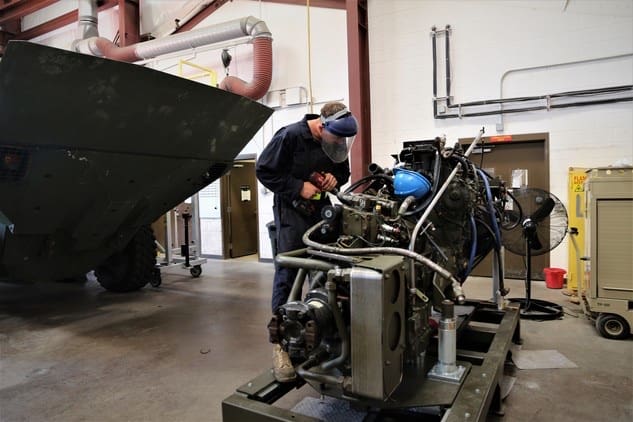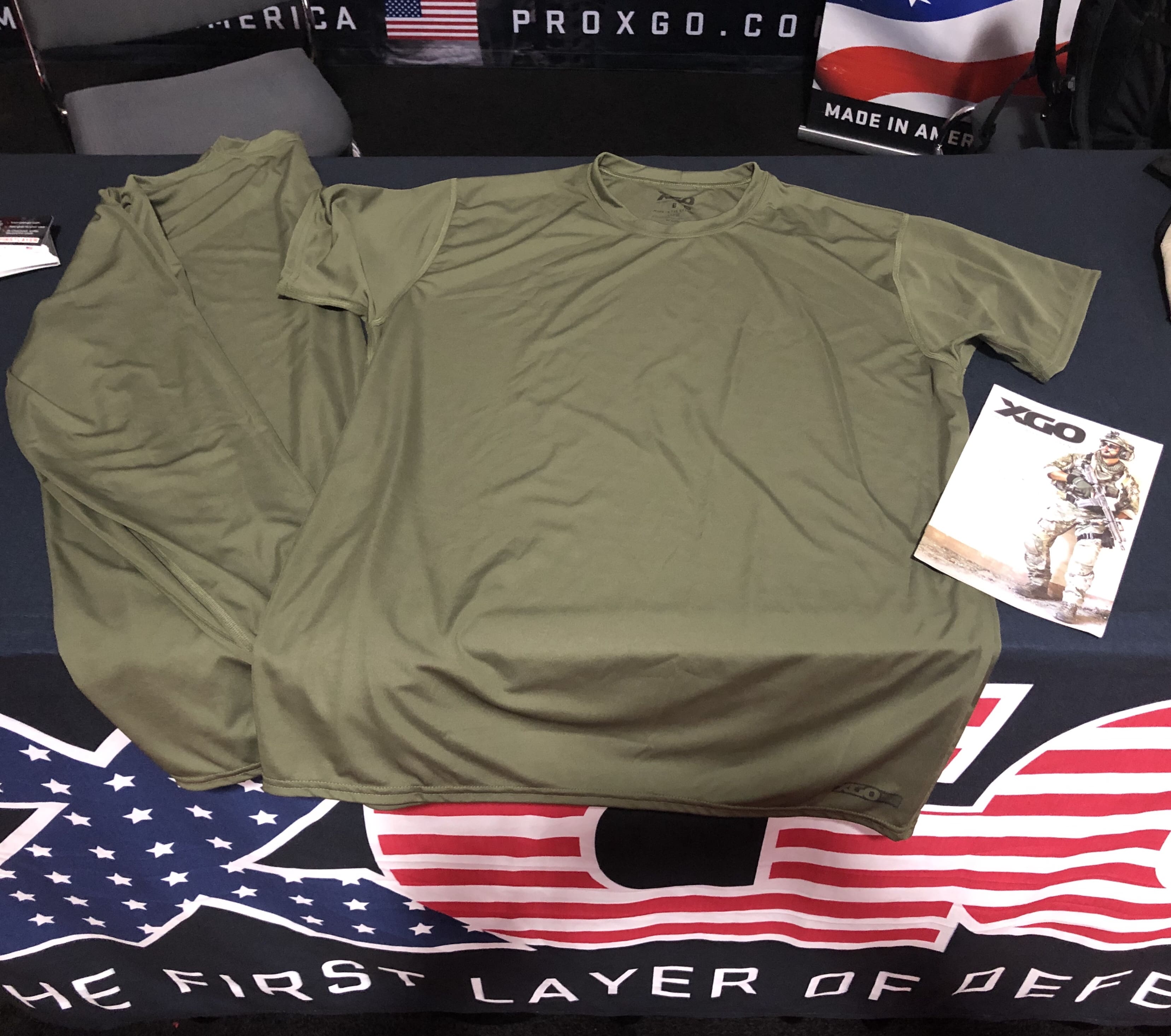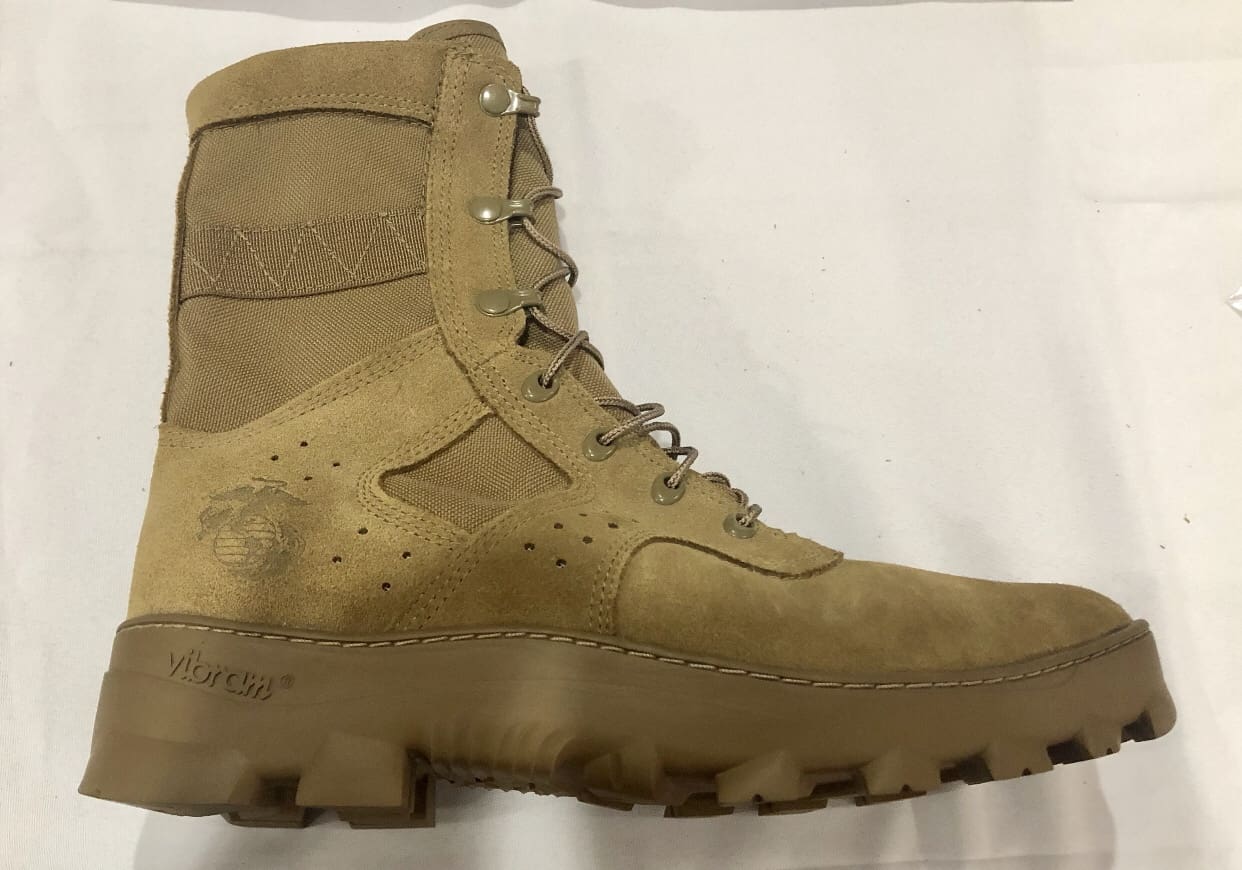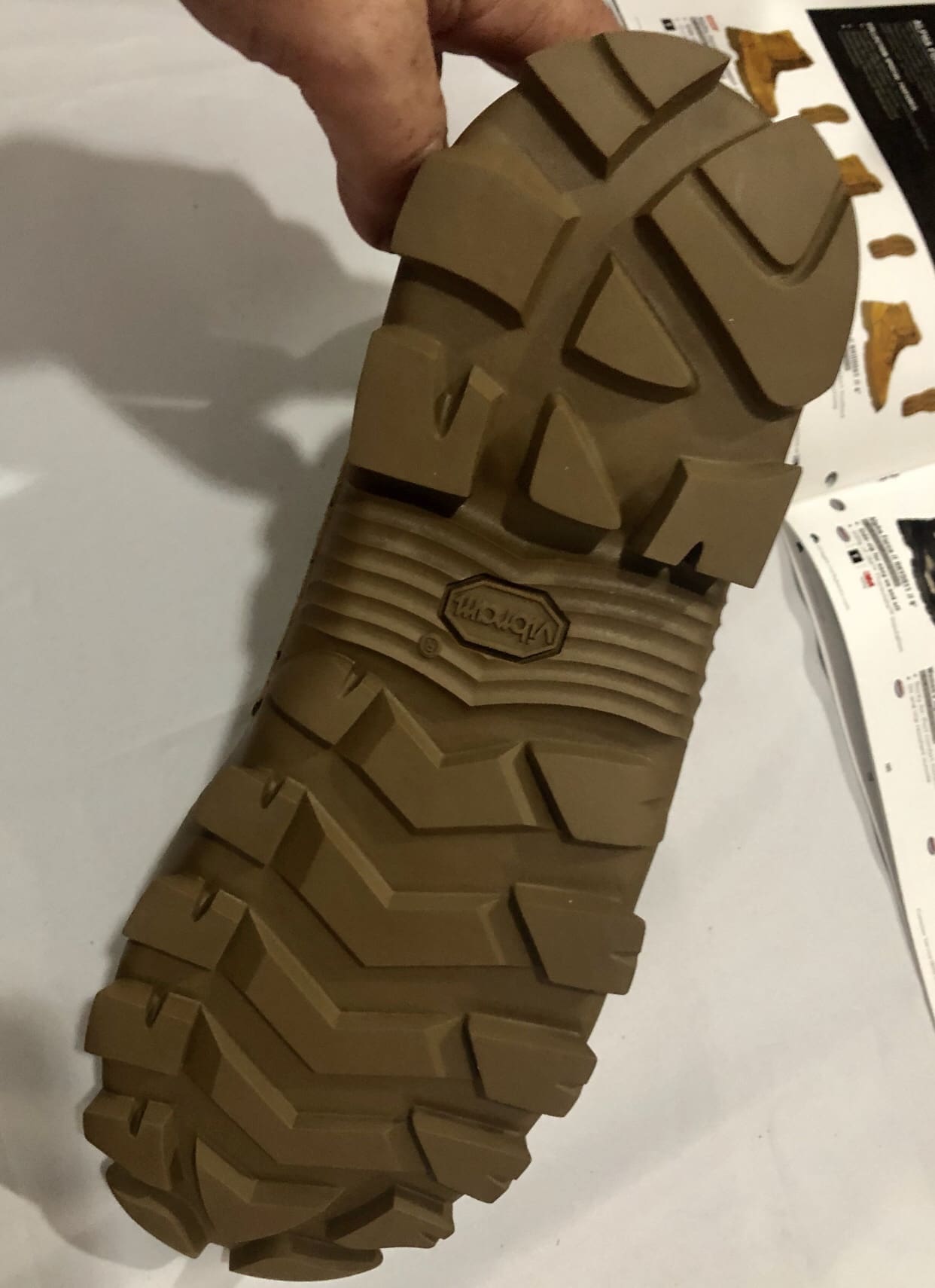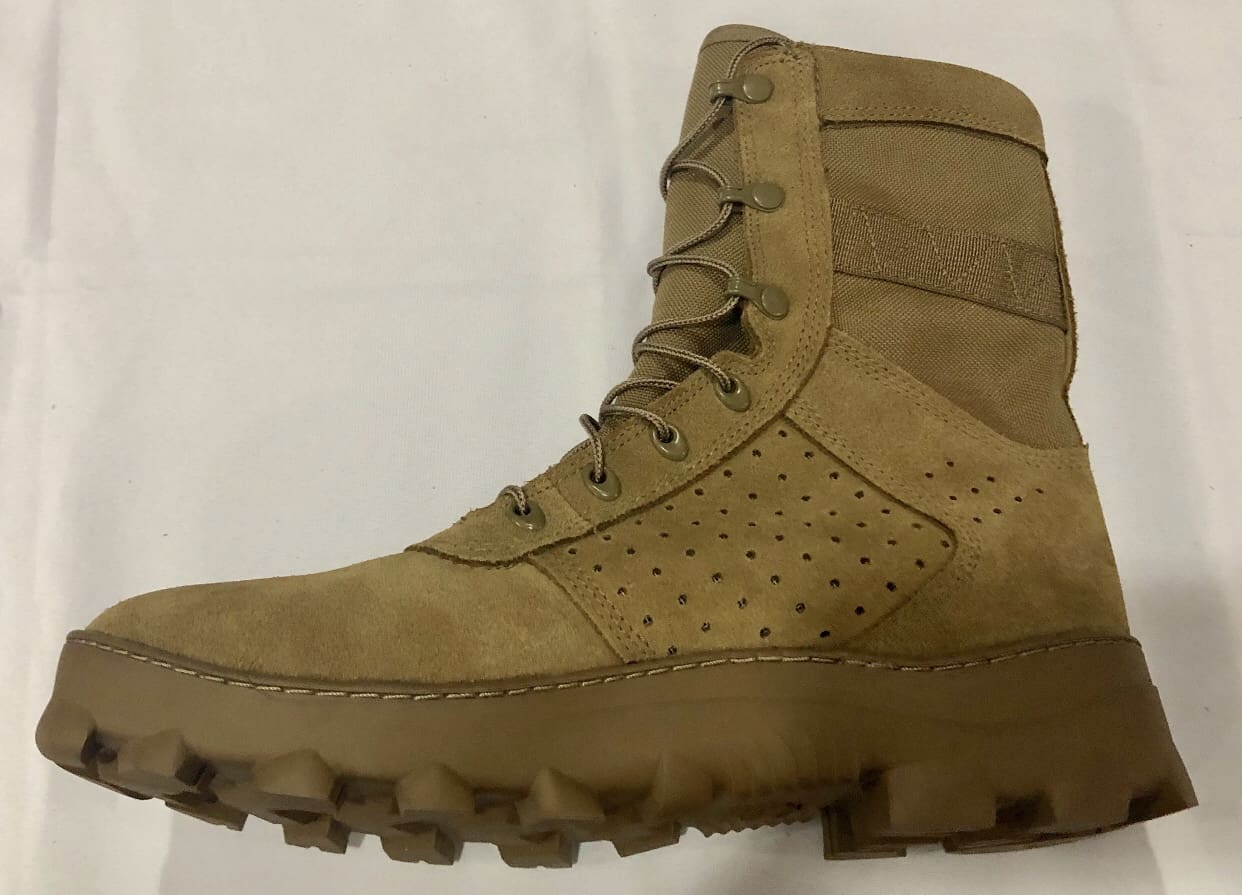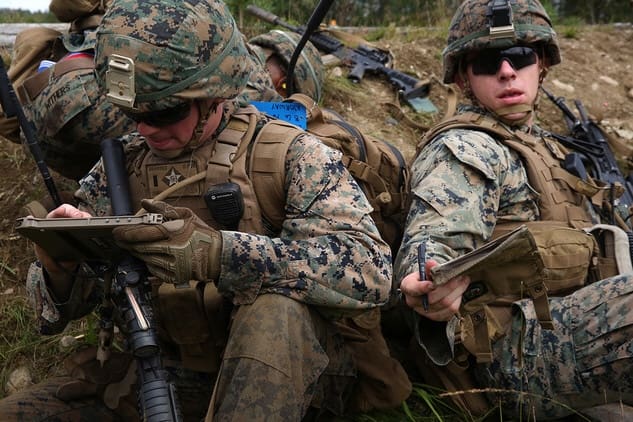Marine Forces Special Operations Command recently concluded a series of exercises in the Gulf Coast region aimed at streamlining integration of forces at various command levels. The three-10-day exercises were a collaborative effort between MARSOC, governmental agencies and other stakeholders to evaluate Marine Special Operations units deploying in support of Theater Special Operations Commands and Combined Joint Special Operations Task Forces across the globe.
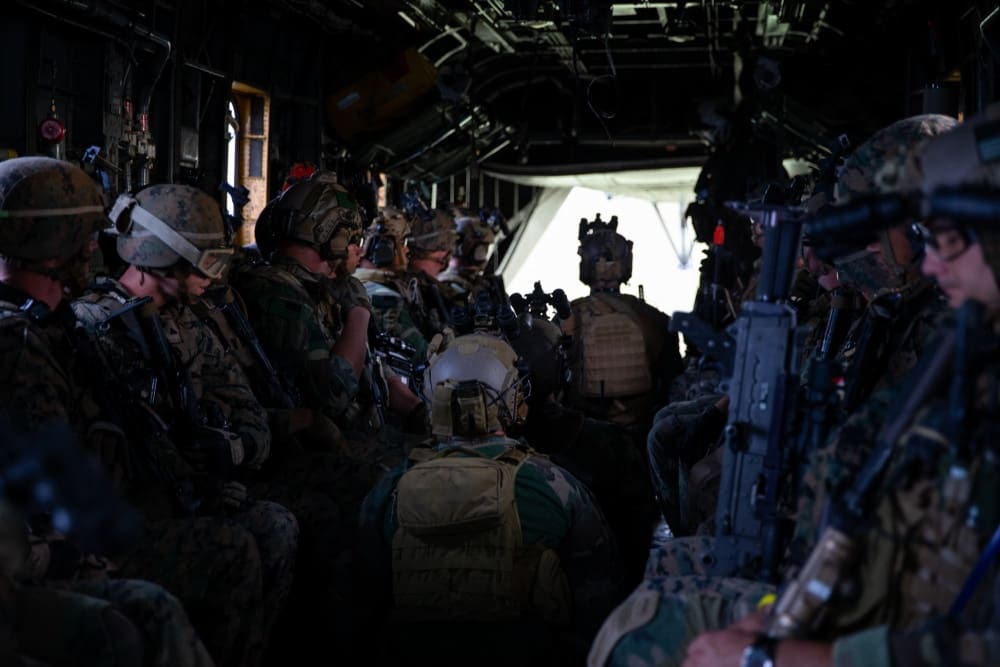
RAVEN Unit Readiness Exercise serves as the certification exercise for a soon-to-be deploying Marine Special Operations Company. It has evolved into a multilevel venue to integrate the various command structures and capabilities deployed by MARSOC. Each level of command, down to the team, is challenged in planning and executing, and command and controlling activities in urban environments. Through RAVEN, the MARSOC commander ensures operational readiness and capability of Marine Special Operations Forces to conduct special operations missions across a range of military operations and domains. It tests Marine Raiders’ individual and collective abilities to synchronize operations, activities, and actions in the information environment with those in the physical environment to affect decision making and mission planning.
Since its inception in 2012, the unit readiness exercise has become increasingly complex. What was originally done at Fort Irwin, Calif., has expanded to several locations throughout Alabama, Louisiana and Mississippi. Teams were spread across a 100-mile area, with the exercise operations center at the National Guard Base in Gulfport, Miss. The decentralized approach is intended to mimic the challenges in communication, planning and logistics when evaluating considerations for mission execution.
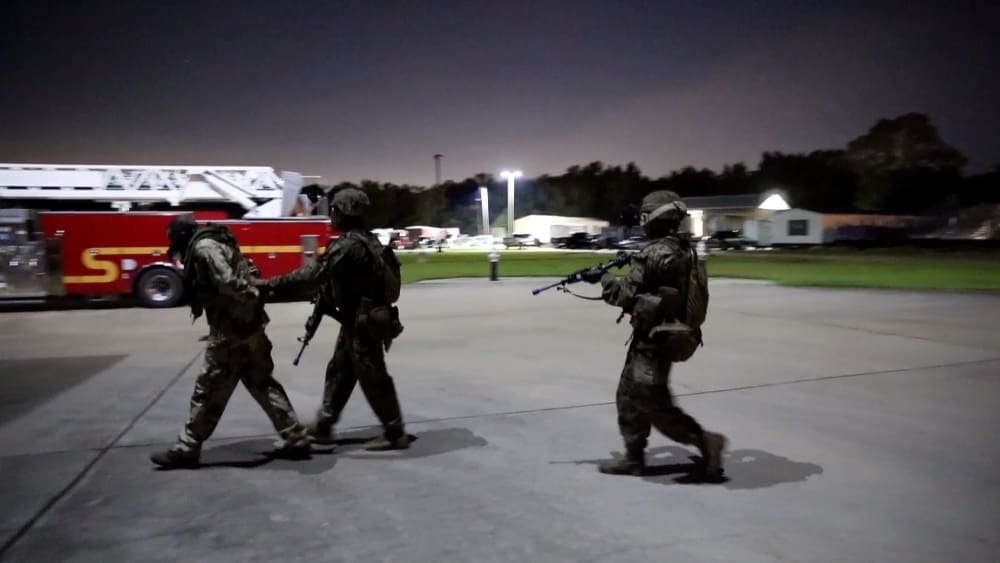
“RAVEN’s scenario design incorporates current and future dynamics the joint force may encounter to present exercise participants challenges across the range of military operations,” according to a former company commander, now the special operations officer in charge of the entirety of training execution. “Within this, participants must account for the implications of tactical actions across operational and strategic levels. The great thing about RAVEN is that it lets a unit execute full spectrum operations in a realistic military training environment without any requirements to support the exercise.”
It is also an opportunity to enhance collaboration and strengthen our operational relationships between members of the SOF community, conventional Marine Corps units and other partners with whom Marine Raiders work closely, ensuring MARSOC provides the nation with an agile, adaptive force to meet the complex demands of the future operating environment.
“RAVEN incorporates lessons learned from academia, the joint force, and redeploying MARSOC units to maintain a realistic and current exercise. The [Exercises, Training and Education Branch] consistently seeks incorporation of experimental and new technology, equipment, and TTPs into the exercise providing exposure to the force, and testing and evaluation feedback under simulated real-world conditions,” said the OIC. “This enables the exercise the ability to immediately implement the Commander’s initiatives while quickly adapting to emerging indicators of the future operating environment.”
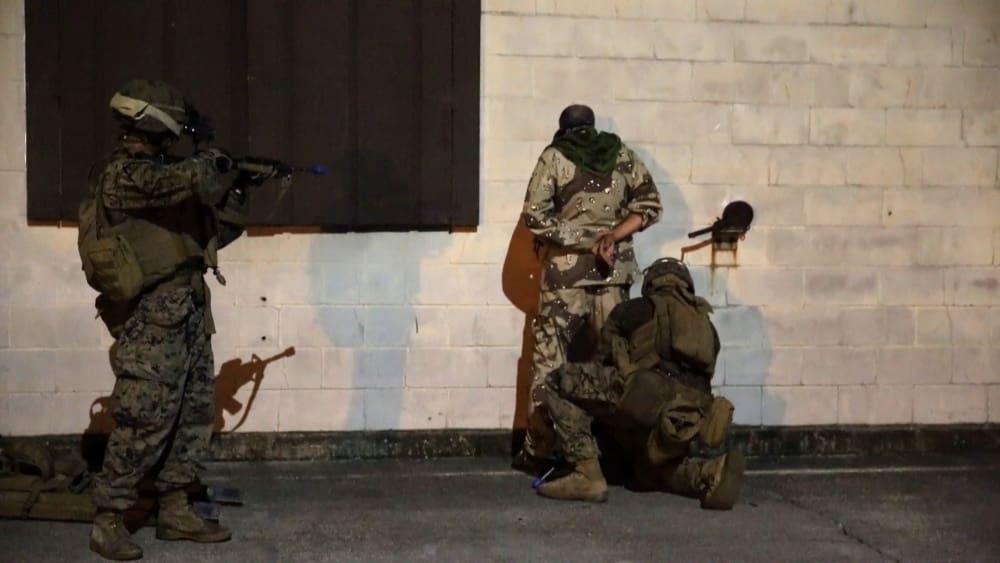
The exercise also capitalizes on the opportunity to further streamline the integration of other SOF and conventional forces.
“SOF are inherently reliant on support from joint forces across conventional and SOF formations. Conventional forces gain the exposure and experience of working aside SOF units and the joint force improves interoperability with both SOF and conventional forces. As Marines, [Raiders] are intimately familiar with the task organized Marine Air-Ground Task Force concept. Our understanding of the MAGTF, and both USMC and SOCOM concept allow us to improve institutional and operational cooperation through interdependence, interoperability and integration with conventional forces,” said the former company commander.
For this particular exercise, MARSOF integrated with conventional Marine Corps assets from Marine Heavy Helicopter Squadron 366 from 2nd Marine Aircraft Wing, 3rd Battalion, 6th Marine Regiment, and 2nd Reconnaissance Battalion from 2nd Marine Division and 3rd Assault Amphibian Battalion from 1st Marine Division. There was also integration of Air Force Special Operations Command assets from the 73rd and 319th Special Operations Squadrons, and the 178th Attack Squadron; and Army Special Operations Task Force. These units were able to come together and execute missions beginning at the target development phase all the way through mission execution.
“This is the kind of stuff you envision when you join the Marine Corps,” said one of the platoon commanders from 3rd AABN. “You can see the added excitement and engagement from my Marines who are getting the added exposure to infantry skills that may have some carry over for when we have to operate with infantry Marines in the future,” he added. His team of 15 Marines conducted weapons familiarization, close quarters battle drills and planned and executed a raid with the MSOT they were attached to.
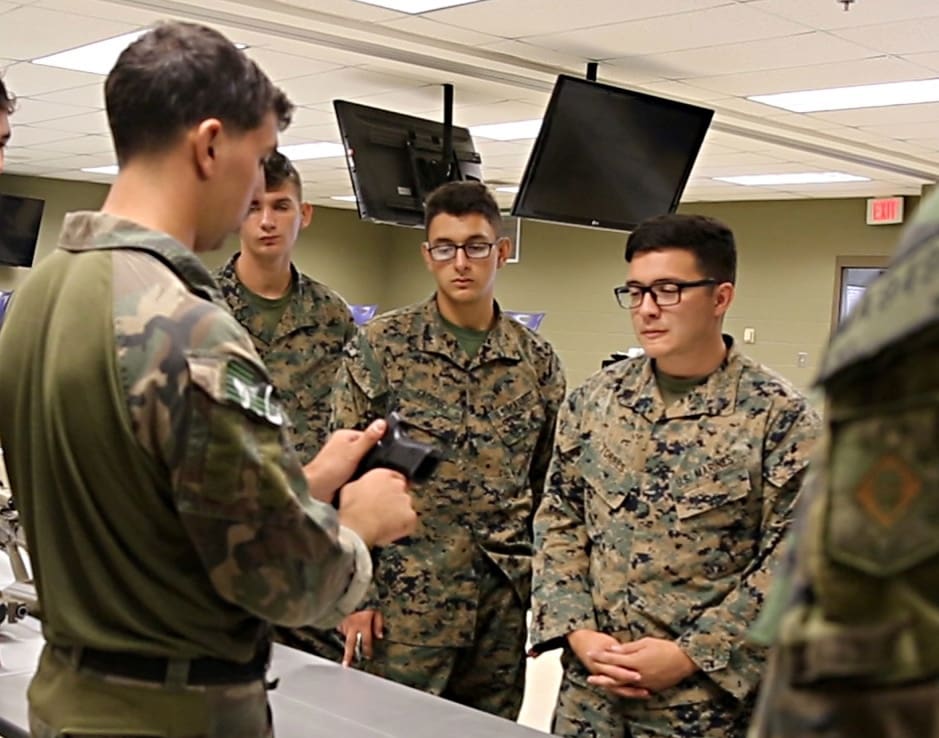
For the MAGTF Marines, the training conducted at RAVEN provides exposure to small unit tactics they might not otherwise receive, particularly units like 3rd AABN, whose day-to-day responsibilities are focused on amphibious assault vehicle readiness, basic formations and water ops, and terrain driving.
At the MARSOC company level, RAVEN is the last in a series of training evolutions within the 180-day training cycle an MSOC will execute in preparation for deployment. At this point, units are refining and streamlining processes. Considerations for mobility, sustainment, and logistics all require additional planning and coordination, according to a critical skills operator and team chief evaluated during this RAVEN series.
Having first participated in RAVEN as a sergeant, the gunnery sergeant has seen the exercise grow in scale and complexity, providing units the ability to execute the full range of special operations core tasks, special insertion skills, and missions against an opposing force.
“The command has invested quite a bit of time and money into making the training challenging and realistic,” he said. While there are still role players, the scenario is much more developed, requiring in-depth analysis in developing possible targets.”
According to this team chief, another aspect that has improved is the extent of the integration of mentor-evaluators and Exercise Control Group into the training.
“It is an opportunity for the team to cross-pollinate [tactics, techniques and procedures] from units across MARSOC. We all have the same baseline, but it comes to identifying gaps and refining efficiencies, down to things as simple as naming conventions,” he said. “Having been a mentor-evaluator and seeing teams go through the stress of the exercise, it is eye-opening to have that outsider’s perspective. It can be time-consuming, but it spreads the learning across the entirety of the exercise.”
MARSOC conducts the RAVEN series several times a year, alternating locations from the Gulf Coast Region and the Kentucky-Tennessee border two to three times per year, with the next one being conducted in April, 2020.
Story and Photos by Gunnery Sgt. Lynn Kinney , Marine Forces, Special Operations Command
Additional Photos by Photo by Lance Cpl. Elias Pimentel. Marine Forces, Special Operations Command



